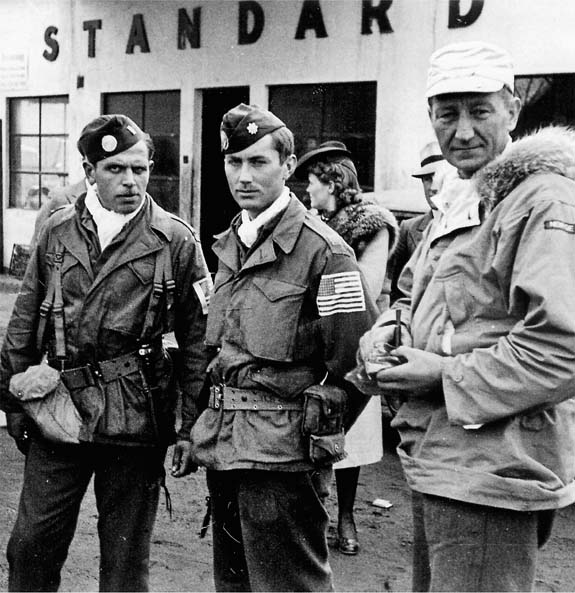Shadow Warrior (31 page)
Authors: Randall B. Woods

In his plans for Vietnam, Bill Colby had placed his trust in two things: first, a CIA-controlled counterinsurgency/pacification program, and second, the House of Ngo. One had fallen prey to the military, and now the other was enduring the same fate. The November 1963 coup that would oust Diem and Nhu from power would be an excruciating experience for Bill Colby. The pair were clearly flawed, but not to the degree of some other anticommunist leaders with whom the United States had chosen to work. The Ngos wanted to do the right thing, but just did not know how, Colby believed. Like the Kennedy foreign policy establishment as a whole, the CIA would split as to the wisdom of a coup. Diem's supporters would lose out; to make matters worse, once the decision was made, Colby, as Far East Division head, would be compelled to do everything in his power to facilitate a change of government.
By 1963, the Ngo brothers felt the political and military walls closing in on them. The National Liberation Front had grown to some 300,000, and its military wing, the PAVN, or Viet Cong, as the Americans and South Vietnamese called it, was able to launch regiment-sized attacks on ARVN and regional forces. A large majority of the Strategic Hamlets had either been abandoned by their disgruntled inhabitants or overrun by the Viet Cong. In order to convince the Americans and the rest of the international community that Saigon was prevailing, Nhu's subordinates simply incorporated communist-dominated districts, and even some provinces, into government-controlled ones. The Montagnards had staged a bloody, unsuccessful uprising against the government in Saigon earlier in the year.
A number of noncommunist, non-Catholic dissidents were still in jail, and their followers were becoming increasingly restive and vocal, especially against the Can Lao (the Ngo brothers' personal political party) and a National Assembly that rubber-stamped every presidential decree. Elements of the military were on the verge of open rebellion, infuriated by Diem's habits of promoting the loyal rather than the competent and interfering in military operations down to the company level.
18
There were still members of the French Sûreté (secret police) around who were conspiring with every possible group to overthrow the Diem regime. As early as 1962, Nhu began to suspect that the Americans were complicit in various coup plots. Nhu and Diem even managed to get into a dispute with their brother Ngo Dinh Can, warlord over central South Vietnam. Angry that Diem and Nhu had not cut him in on their lucrative counterinsurgency deal with the CIA, he moved forward with not only his own version of Project Tiger but also a counterinsurgency/pacification organization named the Force Populaire (which was actually fairly effective). And then there were the Buddhists, who made up a large majority of South Vietnam's population. They resented being ruled by a Catholic minority that constituted no more than one-tenth of the whole. So offensive was Diem and Nhu's method of ruling that it brought a certain degree of cohesion to a religious group historically devoid of a political agenda. The largest and best organized of the rapidly galvanizing Buddhist groups was the General Association of Buddhists of Vietnam, which, at its strongest, spoke for nearly five thousand pagodas and corresponding lay organizations. Their leader, operating out of Hue, was the charismatic and enigmatic Thich Tri Quang.
Although there had been protests and demonstrations led by monks and carried out by Buddhist youths before 1963 in South Vietnam's largest cities, they had been sporadic. But then, during Vesak, the celebration of Gautama Buddha's birth, an incident occurred that brought South Vietnam to the verge of civil war. On May 8, the Buddhist community in Hue staged a public celebration, ignoring a previous order by the provincial government banning the display of religious flags. The Buddhists were indignant that only a few days earlier, Catholics had flown Vatican flags during a ceremony honoring Archbishop Ngo Dinh Thuc. Police and local civil guards surrounded the Buddhists and ordered them to disperse. When they refused, the deputy province chief, a Catholic, ordered the police and troops to open fire. When the smoke cleared, nine celebrators, including children, lay dead, with scores more wounded. Diem immediately issued a statement blaming the carnage on a Viet Cong hand grenade.
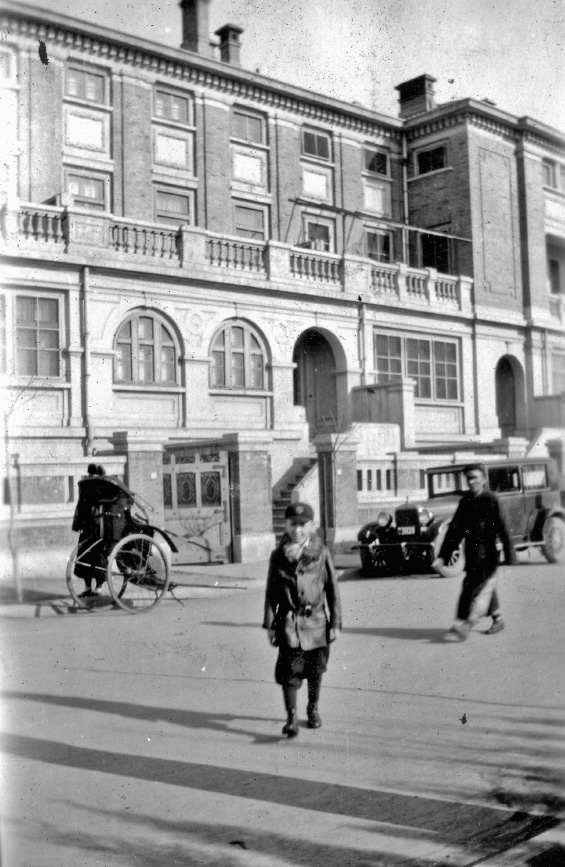
Young Bill Colby in Tientsin in native garb
(The Colby Family Collection)
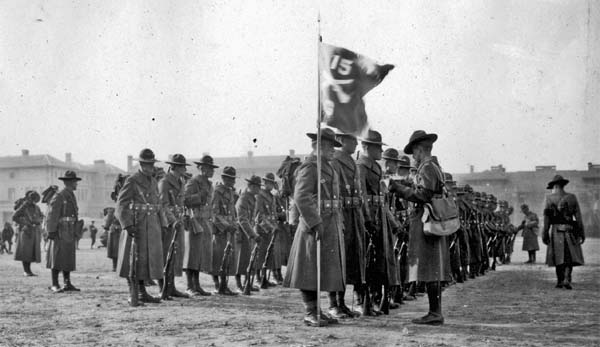
15th Regiment on parade
(The Colby Family Collection)

Guardians of American interests in China
(The Colby Family Collection)
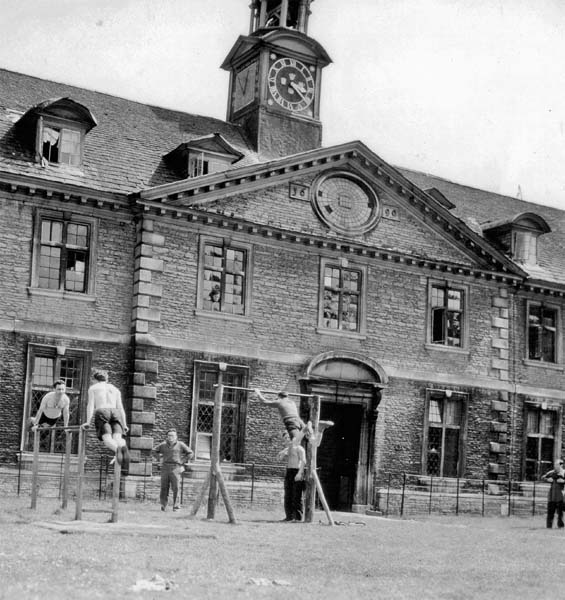
Members of the 15th Regiment in training
(The Colby Family Collection)
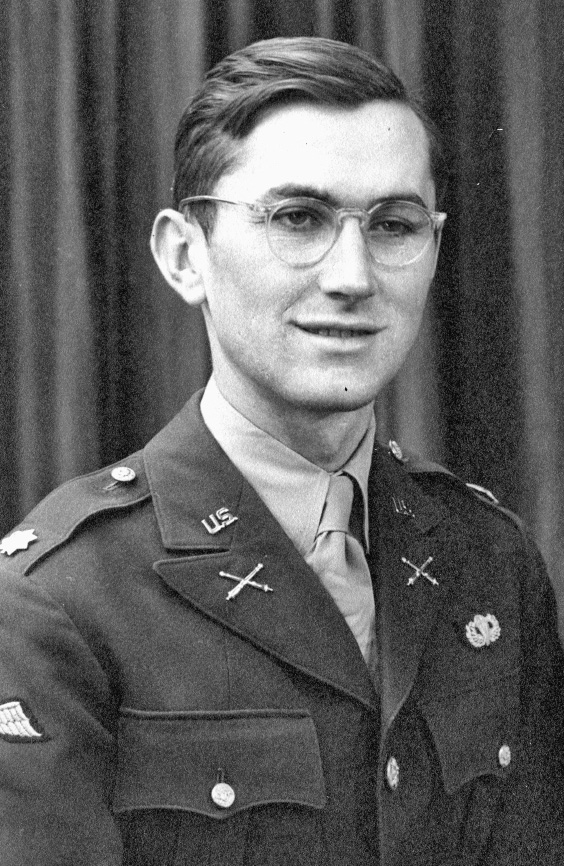
Colby, the newly minted paratrooper
(The Colby Family Collection)
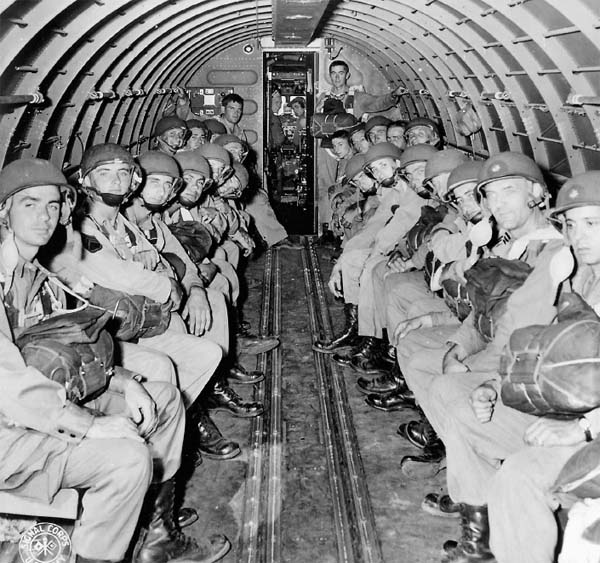
Jumpmaster for a training drop
(The Colby Family Collection)

Colby with NORSO commandos
(The Colby Family Collection)
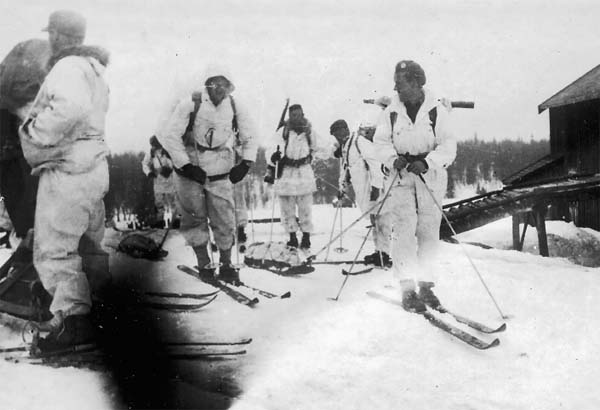
NORSOs depart to blow a bridge on the Northland Railway
(The Colby Family Collection)
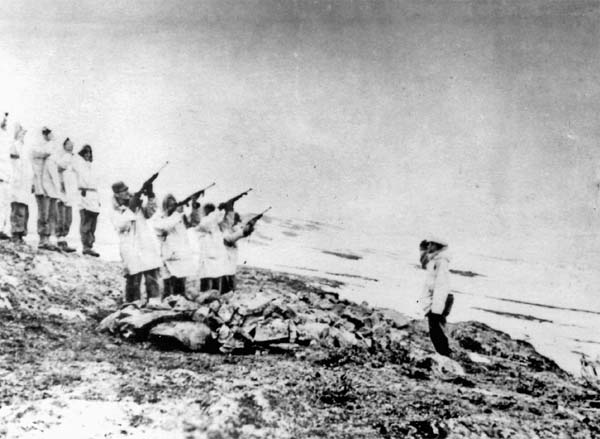
Saluting NORSO crash victims
(The Colby Family Collection)
